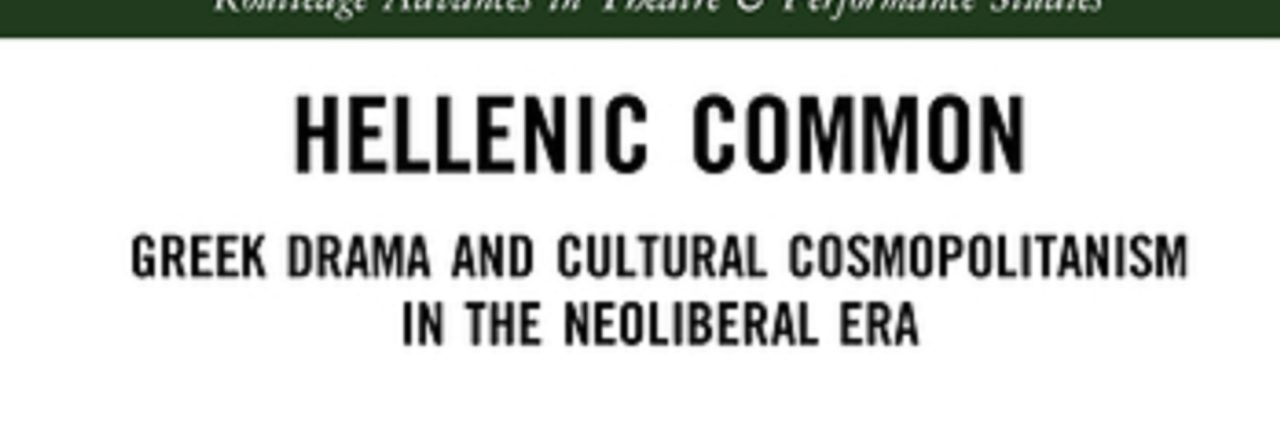
As part of a Literary London study abroad course on crime and justice in British literature, I assigned William Shakespeare’s Richard III. It was a marvelous bit of serendipity that Shakespeare’s Globe was putting on that very show while we visited London. Even before the Globe posted their summer 2024 season, I knew we would visit the recreated theatre where Shakespeare’s plays debuted—but getting to see a world class production of a play we are studying in the theatrical setting the Bard would have known was an amazing educational opportunity.
The Globe’s production, directed by Elle While, was absolutely amazing. Michelle Terry played a Richard who was exceptionally funny—I don’t think my students realized from reading the play how witty and clever Richard actually is—while also being casual, energetic, conspiratorial, and irrationally unhinged at the requisite moments. She dominated the stage space, even for being a relatively smallish person, and drew eyes to her wherever she was on stage at any given moment. One element of her performance that especially stood out was the crowd work. The same was true of Helen Schlesinger, who masterfully played a city-trader style Buckingham. Between Terry and Schlesinger, they effortlessly engaged with the groundlings standing near the stage—from the time they noticed a man who had nodded off while leaning on the stage to the time when Schlesinger came down into the crowd and took someone’s beer. For modern audiences, trained by contemporary theatre conventions to sit silently and observe, rather than participate, this kind of crowd work gives a taste of what the theatre must have been like in 1593(ish) when the play was first performed.

Stylistically, the play had an interesting blend of modernization and traditional elements, which drew out aesthetic and thematic elements. On the thematic level, one of the most obvious modernizations was the incorporation of direct references to Donald Trump. This included added dialogue, like Richard quoting the infamous Access Hollywood tape as part of his self-aggrandizement, and Richard’s supporters wearing red hats during one portion of the play.
On the visual level, there were blended costumes, with some characters having more traditionally Elizabethan inflected costumes and some having entirely modern costumes. Rivers (Em Thane) and Grey (Tanika Yearwood), for instance, were clothed in ruffs, doublet, and knee breeches, but wore modern sneakers. However, when Thane transitioned from Rivers to the Commissioner, she put on a modern British police commissioner’s uniform. Richmond (Sam Crerar) was costumed in boots, ripped jeans, a multi-colored shirt, and a worn brown leather bomber jacket with red rose patches on it. Very much a modern look. And for Richard, there was a blending, including an initial costume of black doublet, black jeans, and black cowboy boots. But this was replaced variously with white pleated shirt, black jeans, and gold boots; with a green feathered doublet and sculpted chest piece (which may have been sculpted in such a way as to suggest Richard’s scoliosis); or with an almost entirely gold royal ensemble.
Speaking of Richard’s scoliosis, this has been one of the controversies surrounding this play—that Terry is not a disabled actor, but was cast in the role of Richard, which is one of the most famous disabled characters in all of theatre. I’m not going to delve too deep into this controversy, though here are some links to articles about it:
- https://www.theguardian.com/stage/article/2024/may/21/the-level-of-hate-was-dangerous-michelle-terry-on-the-backlash-to-her-casting-as-richard-iii
- https://www.theguardian.com/culture/2024/jan/31/richard-iii-non-disabled-actor-michelle-terry-shakespeare-globe-theatre
- https://www.theguardian.com/stage/2024/jan/30/disabled-actors-on-reclaiming-richard-iii-globe-shakespeare
One point of potential controversy that did strike me, however, was the choice of who was cast as Richmond. Crerar is a great actor and there was nothing inherently problematic about his performance as Richmond—on the contrary, he was quite good, as he was in his other role as Catesby. However, he is the only cast member who presents as male (though Crerar uses both male and gender neutral pronouns). Everyone else in the cast presents as female, and so one might be forgiven for reading the casting choice as reflecting the toppling of the tyrannical female (playing at being male) by the male as being some kind of implicit endorsement of cis-het patriarchy. I doubt that was an intended element of the play, but the triumphant defeat of a female Richard by a male Richmond could be read as signaling support for traditional gender hierarchies. And the glorious defeat of the female coded body “pretending” to be male, even using prosthetics (i.e., Terry’s chest plate) to appear more male may, without too much stretching, be read as the destruction of a transman by a “real” man. Again, I don’t think the production team purposefully sought out these thematics, but I do find troubling the choice of casting the single male-presenting member of the cast as Richard.
